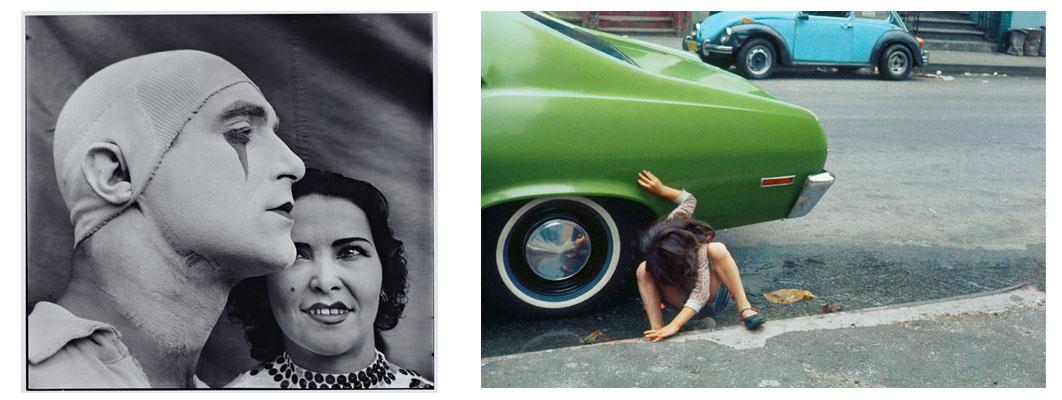Gift from the Capital Group Foundation includes funding for curatorial fellow position to oversee vast gifted collection of works by Ansel Adams, Gordon Parks, Edward Weston and others.
Stanford, CA—The Cantor Arts Center at Stanford University has received a gift of over 1,000 photographs, including works by American photographers Ansel Adams, Edward Curtis, John Gutmann, Helen Levitt, Wright Morris, Gordon Parks and Edward Weston. The gift from the Capital Group Foundation includes $2 million to endow a named curatorial fellow position and support the care and exhibition of the collection.
“This incredible collection of photographs for teaching, research and display, is one which the Stanford community will benefit from for years to come,” said Harry Elam Jr., vice president for the arts and the Freeman-Thornton Vice Provost for Undergraduate Education. “The accompanying funding ensures that new scholarship will be pursued through ambitious exhibitions and catalogues, as well as fulfill our responsibility to train the next generation of scholars of photography. We are very grateful to the Capital Group Foundation for this gift.”
The Cantor has had about 300 of the photographs on long-term loan from the foundation. Those images, plus another 700, will now become part of the Cantor’s permanent collection. The curatorial fellow will be responsible for conducting research on and producing ambitious scholarly exhibitions from the collection at the Cantor.
“With specially selected, in-depth groups of photos by each artist, we will be able to examine and present an expansive account of the photographic work of these remarkable artists who captured the America and Americans of their times,” said Susan Dackerman, John and Jill Freidenrich Director at the Cantor.
“The foundation’s directors were highly impressed with the Cantor director’s enthusiasm, deep interest in the collection and in her vision for the future,” said Bryan Lewis, foundation president. “Over a 25-year period, Stanford’s Cantor Arts Center has helped the foundation review and recommend for purchase a number of artists’ work that is in the collection today and will now be moving to Stanford permanently.”
Stanford was chosen as a permanent home for the collection of photographs after a more than two-year, nationwide evaluation of 20 institutions. In the end, the Cantor was selected because of the leadership’s strong commitment to the study of photography, and the expansion of staffing to support the museum’s mission. The gift will broaden the Cantor’s existing collection and provide new educational and exhibition opportunities.
“For years the collection of photographs has been absolutely essential to how the Cantor Arts Center presents photography in our galleries and study rooms, and now this gift will transform how the museum addresses the aesthetic and social concerns of 20th-century American art,” said Elizabeth Mitchell, Burton and Deedee McMurtry Curator. “A unique aspect of the collection is the fact that some of the artists themselves determined which of their prints would be included.”
Mitchell will be organizing an exhibition from the collection to open in September of this year. Two more exhibitions are planned for 2020. These exhibitions will delve deeply into the influential work of the artists represented in the collection.
“Ever since I first saw his work, I have been enthralled by Wright Morris’s photographs,” said Alexander Nemerov, who is chair of the Department of Art and Art History at Stanford and the Carl and Marilynn Thoma Provostial Professor in the Arts and Humanities. “If this gift were of his pictures alone, that would be extraordinary. That it should contain the works of other even more illustrious photographers—many of them working in California—makes it all the more notable.”
Iris & B. Gerald Cantor Center for Visual Arts at Stanford University
Founded when the university opened in 1891, the museum was expanded and renamed in 1999 for lead donors Iris and B. Gerald Cantor. The Cantor’s collection spans 5,000 years and includes more than 38,000 works of art. With 24 galleries, more than 15 special exhibitions each year, and free admission, the Cantor is one of the most visited university art museums in the country, attracting visitors from the area and around the world.
###
Visitor Information
The Cantor Arts Center is open six days a week, and admission is free. Hours: Wednesday–Monday, 11 AM–5 PM, and Thursday until 8 PM. The museum is closed on Tuesday. The Cantor is located on the Stanford campus, off Palm Drive at Museum Way. Parking is free after 4 PM weekdays and all day on weekends and major holidays. For more information, call 650-723-4177or visit museum.stanford.edu.Instagram: @cantorarts Twitter: @CantorArts Facebook:/CantorArtsCenter

